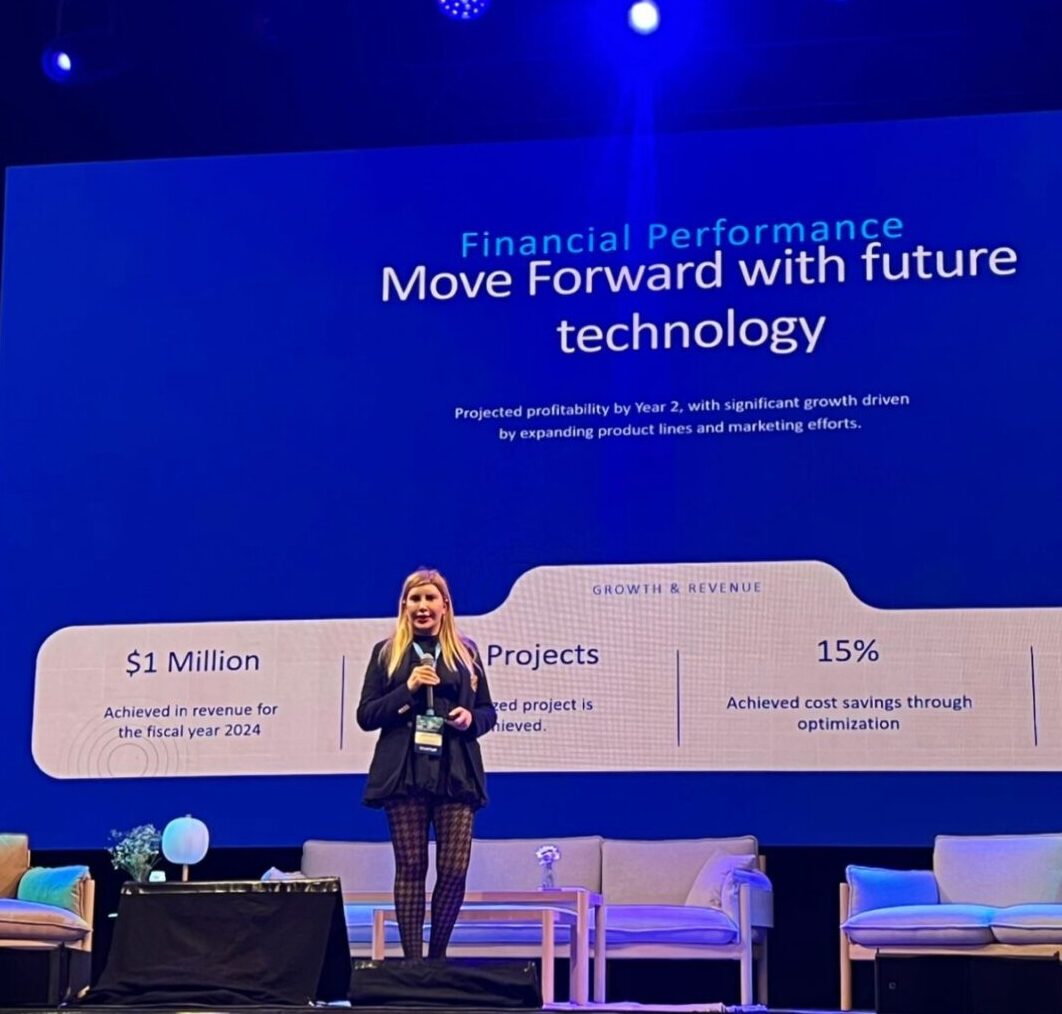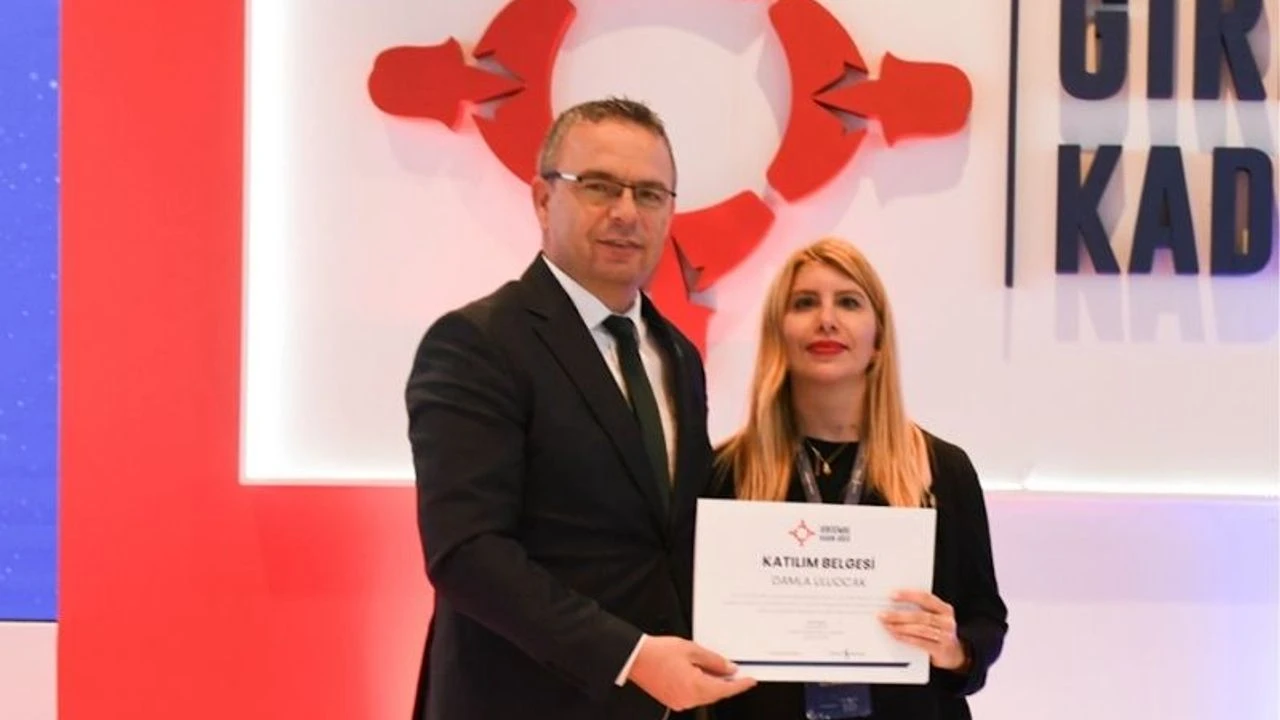Hello everyone!
Today we will talk about paint robots that find their place in many sectors. Let’s start if you are ready…
Painting robots are advanced technology solutions used to automate painting processes in industrial production. These robots are designed to both increase production speed and improve painting quality. Paint robots are widely used in automotive, aerospace, white goods, furniture and many other industries. In this article, you will find detailed information about the advantages, working principles and usage areas of paint robots.
Working Principles of Paint Robots
Paint robots usually consist of several main components: robotic arm, control unit, paint spray unit and motion system. Here are the working principles of paint robots:
Programming and Control
Painting robots are programmed to follow specific routes and painting parameters. This programming is usually done using computer-aided design (CAD) software. The control unit coordinates the robot’s movements and the paint spraying process.
Robotic Arm
The robotic arm is the main component that carries and moves the paint spray unit. This arm is capable of painting complex surfaces and geometries with its multi-axis mobility. The precision of the robotic arm ensures a perfect paint application.
Paint Spray Unit
The paint spray unit is the component that applies the paint to the surface. This unit ensures that the paint is applied uniformly and with the desired thickness. Different spraying techniques are optimized for various surfaces and paint types.
Movement System
The motion system ensures that the robot operates accurately and stably. This system guides the robot, which usually moves on a rail or platform. This makes it possible to paint large and wide surfaces.
Advantages of Paint Robots
High Efficiency and Speed
Painting robots work much faster than manual painting processes. Robots can paint continuously with their programmed routes and speeds. This reduces stoppages on the production line and increases production capacity.
Consistent and Quality Painting
Human errors are common in manual painting. Paint robots, on the other hand, paint with the same precision every time. This prevents unwanted brush marks, ripples or inconsistencies in paint thickness. The result is a more aesthetic and durable surface.
Material Savings
Paint robots apply paint in optimal amounts and homogeneously. This minimizes paint waste and reduces costs. In addition, the environmental impact is reduced as the paint particles emitted by the robots during the painting process are minimal.
Safety at Work
Manual dyeing processes are often carried out in closed and poorly ventilated environments. This poses a health risk to workers. Thanks to painting robots, workers are in a safe working environment without exposure to harmful chemicals.
Usage Areas of Paint Robots
Paint robots have a variety of applications in many different industries. Here are some examples:
Automotive Industry
The automotive industry is one of the areas where paint robots are most widely used. They ensure high quality and efficiency in the painting of vehicle bodies and parts. Paint robots optimize the production process by working continuously and quickly on automobile production lines.
Aviation
In the aerospace industry, the painting of aircraft parts and fuselages requires great care and precision. Paint robots meet these requirements, creating high quality and durable surfaces.
White Goods
Aesthetics and durability are of great importance in the production of white goods. Paint robots are used to paint these products, providing excellent surface quality and long life.
Furniture and Decoration
In the furniture and decoration industry, paint robots are used for painting wood, metal and plastic surfaces. These robots provide aesthetic and quality products by painting suitable for different materials and surface shapes.
Electronics
Painting robots are also widely used for painting cases and parts of electronic devices. They are ideal for precise painting of small and complex parts.
The Future of Paint Robots
With the rapid advancement of technology, paint robots are expected to evolve further in the future. The integration of artificial intelligence and machine learning will enable painting robots to become more intelligent and efficient. In addition, with new materials and painting techniques, the areas of use of paint robots will continue to expand.
Artificial Intelligence and Machine Learning
Artificial intelligence (AI) and machine learning can be used to improve the performance and flexibility of paint robots. AI enables robots to adapt to environmental conditions and surface differences. Machine learning allows robots to improve over time to paint more effectively and efficiently.
Advanced Materials and Technologies
New generations of paint materials and spray technologies could expand the application areas of paint robots. In particular, nano-technologies and environmentally friendly paints can both improve quality and reduce environmental impact.
Autonomous and Connected Systems
In the future, paint robots are expected to be fully autonomous and integrated with other production systems. This will create smoother and more efficient production processes. Robots will be programmed to perform their own maintenance and repairs, ensuring uninterrupted operation.

Conclusion
Painting robots have revolutionized industrial painting processes and provided significant advantages in many sectors. Offering benefits such as high productivity, consistent quality, material savings, work safety and flexibility, paint robots will develop further in the future with artificial intelligence and advanced technologies. These advantages provided by paint robots increase the competitiveness of businesses, while also supporting environmental and economic sustainability.
I am text block. Click edit button to change this text. Lorem ipsum dolor sit amet, consectetur adipiscing elit. Ut elit tellus, luctus nec ullamcorper mattis, pulvinar dapibus leo.






